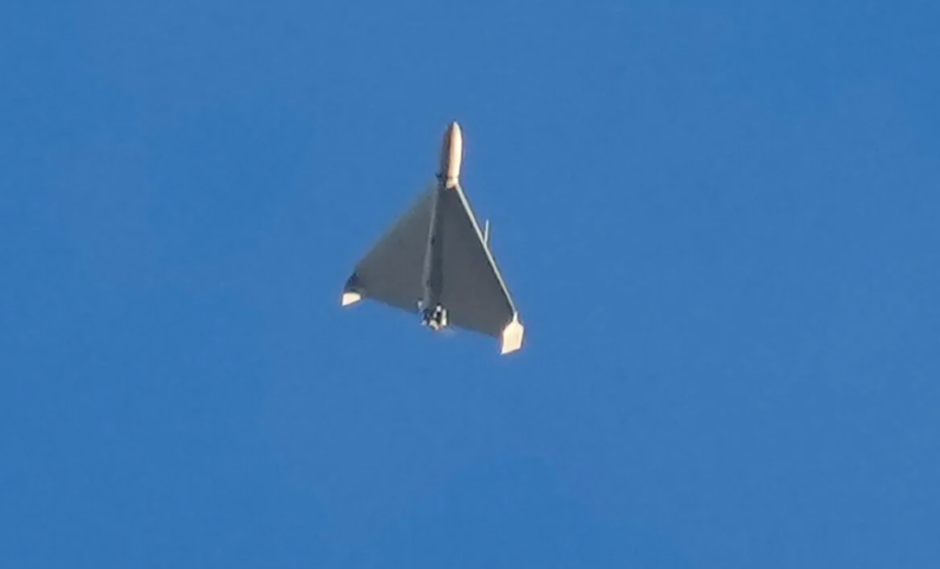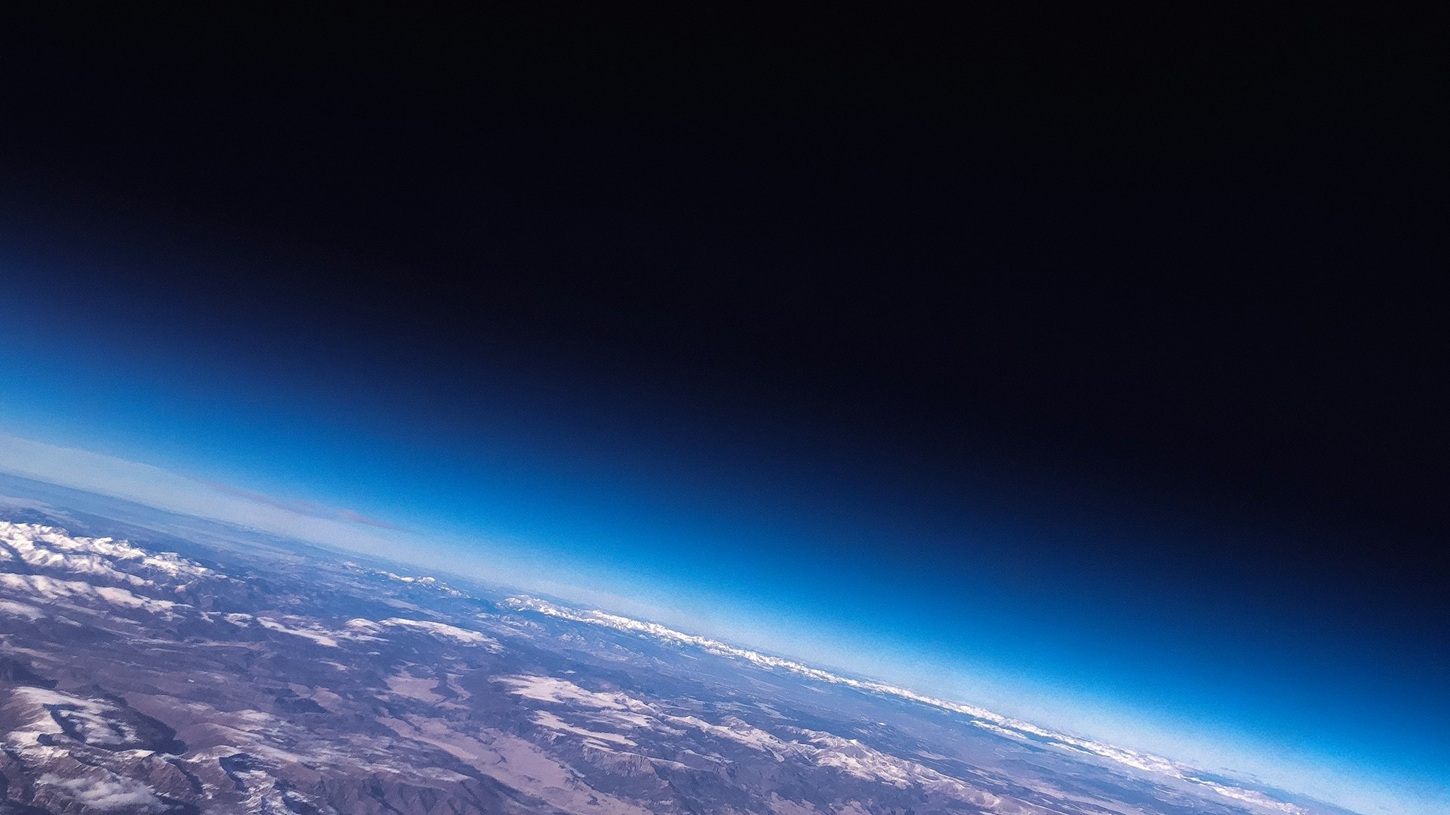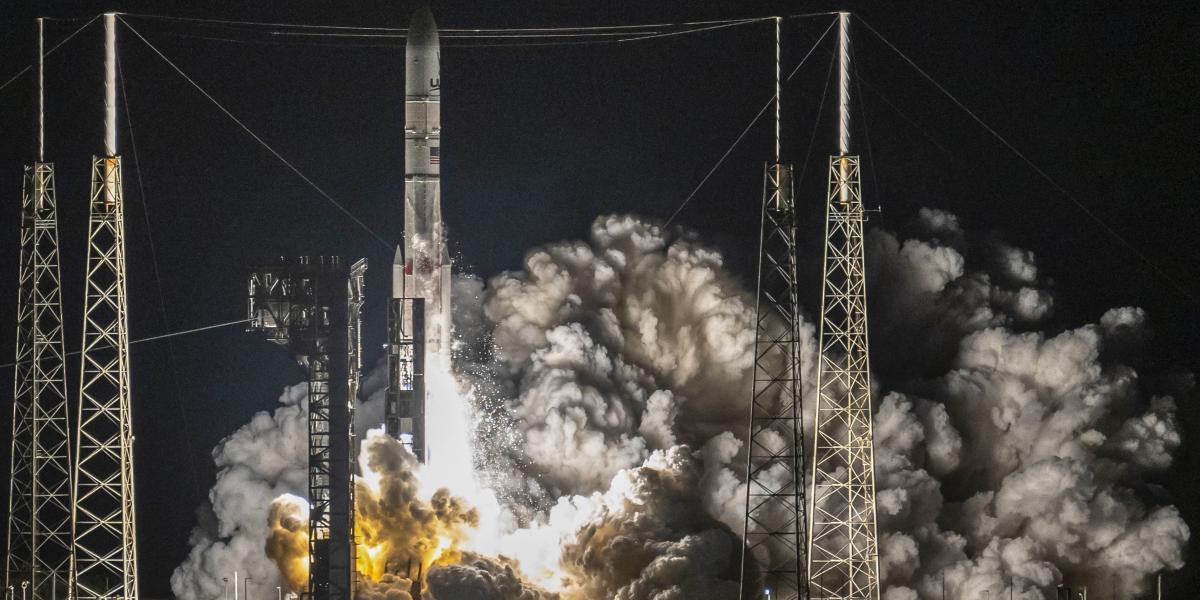Peter Varga;
NASA Moon Peregrine 1;
2024-01-08 22:32:00
After more than fifty years, NASA launched the first unmanned spacecraft to land on the moon on Monday. Meanwhile, scientists warn that the orb's resources could become a victim of reckless exploitation.
The Peregrine 1 mission (the peregrine falcon, the fastest animal on Earth), which launched from Cape Canaveral on Monday at 9:15 a.m. Hungarian time, is NASA's first attempt to land a probe on the moon on February 23 after 50 years. Although it contains NASA instruments, it is primarily a commercial enterprise, so the risk is high, because a private company's device has not yet attempted to land on any alien celestial body. If the module succeeds in reaching the Moon, it will mark the beginning of a new era: NASA will emerge again. Dozens of probes are expected to land on our celestial companion in the coming years. Most of them will appear under NASA's $2.6 billion Commercial Lunar Payload Services (CLPS) project: through which NASA will pay participating private companies. The goal is to evaluate the resources that can be found on the Moon: water, minerals, and minerals; In order to create stations suitable for long-term residence, from which Mars missions could later be launched.
Carrying NASA's Peregrine 5 and 15 other packages, it will measure radiation, search for surface and subsurface water ice, measure the magnetic field and study changes in the very rare layer of gas called the exosphere. Also on board are the first Latin American scientific instruments to reach the Moon: five small rovers, each 12 centimeters long, and none weighing more than 60 kilograms; There are also controversial items in the shipment such as a physical currency “loaded” with Bitcoin, letters from 185,872 children around the world, films, human ashes, and DHL “monoboxes” containing novels, photographs, and a small nugget of Mount Everest.
However, astronomers warn that an unrestrained attack could cause irreparable damage to sites of scientific value. Gravitational wave research, black hole observations, searches for signs of life on small, faint distant worlds and other discoveries may be at risk.
Martin Elvis of the Harvard-Smithsonian Center for Astrophysics told the Observer: Richard Green, an astronomer at the University of Arizona, added that they do not want to prevent the establishment of lunar bases, but there are only a few suitable sites, and many of them are of invaluable value. We have to be very careful when we build a station or open a mine. “There are craters on the Moon that have not been exposed to sunlight for billions of years, since the Moon was formed, and they are very cold, a few tens of degrees above absolute zero, so these places are of great value to science,” explained Richard Green. For example, telescopes operating in the infrared range that need cooling could be placed there, through which exoplanets could be observed on distant worlds on which life could have developed. In the extreme cold there, the ice does not evaporate, so billions of years of water can provide important information about how water got to the Moon or nearby Earth, such as comets. But these waters themselves are extremely important for long-term lunar missions.
It would be possible to place radio telescopes on the side of the Moon farthest from Earth, undisturbed by the confluence of radio waves on its far side: a giant telescope could be installed there that could be used to study the most ancient era. Universe, but NASA satellites orbiting the Moon, which will maintain radio contact with devices below, will not be able to do this.
Later this month, a task force established by the International Astronomical Union, led by Green, will meet with UN officials to begin talks on strengthening and amending laws governing the exploitation of space resources. The 1967 Outer Space Treaty states that states may not arbitrarily seize territory on objects in space, but it says nothing about mining and exploitation of resources.












































